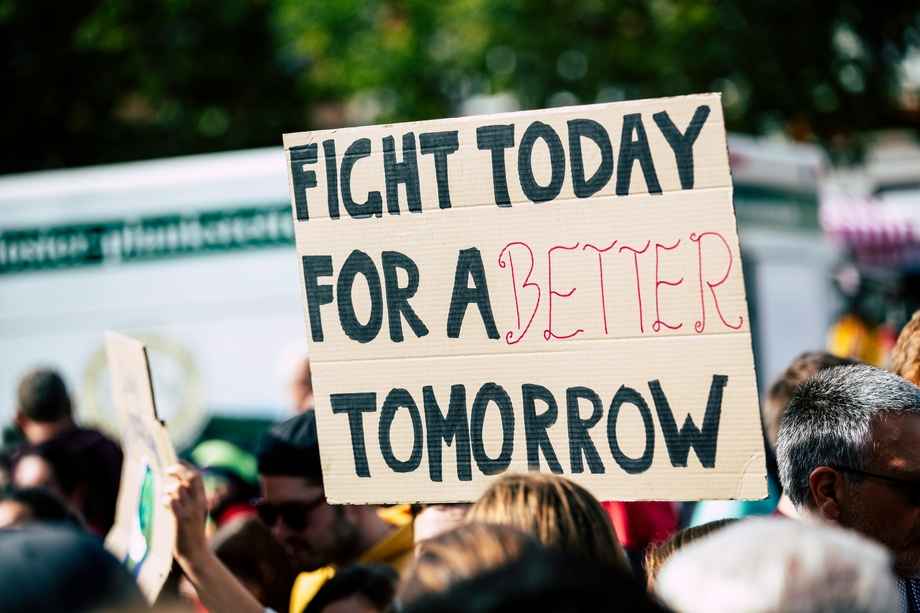This blog contains contributions from Carolyn Caywood of the LWV Climate Interest Group.
Climate disasters are a devastating reality of contemporary life.
Their impact cannot be understated; as then-defense secretary Chuck Hagel stated, as early as 2014, climate events are connected to “food and water shortages, pandemic disease, disputes over refugees and resources, and destruction by natural disasters in regions across the globe.”
For the survivors of catastrophic climate events, every aspect of daily life is thrown into chaos. These disasters can bring unimaginable loss and disruption, from the loss of housing and forced relocation to struggles to obtain necessary food, water, and fuel.
,
,
When we’re coping with the aftermath of a climate disaster, elections are often — justifiably — the last thing on our mind. We’re focused on basic survival, not civic participation. At the same time, we have important perspectives that deserve to be heard as our nation selects its leaders — leaders whose choices will impact our community’s recovery and future climate protections.
Every person deserves to have their voice heard. No one should lose that opportunity because they’re the victims of a climate disaster.
That’s one reason why organizations like the League fight for the extension of election-related deadlines so people impacted by such weather events can get on their feet after disasters before worrying about voting. Yet extending deadlines isn’t our only concern. We also need to empower those who experience climate disasters with reliable election information, which can change rapidly in the face of major events.
,

,
We put together this guide on what you can do in the wake of a catastrophe, hoping it would ease your voting journey.
For those not experiencing disaster but who want to help, scroll to the final section.
For Those Experiencing a Climate Disaster
- Check if your voting information has changed to account for increased hardship. Sites like VOTE411.org are updated in real-time to reflect the most recent information for registration, early voting, and mail-in voting. Click on your state in the map on the homepage to find state-specific alerts;
- Check your polling place in case it changed due to transit issues or harm to the building;
- Find out your early and absentee voting options. If you were forced to relocate, absentee ballots can make a world of difference;
- Re-request your ballot if it was damaged or lost. If you requested a ballot already but it got lost or damaged in the mail, you can re-request one. Contact your election officials for more information;
- Check the status of your ballot to ensure it wasn’t lost (if you’ve already voted).
- See if you’re exempt from ID requirements. Different states have different ID requirements for voting. If you don’t have access to your ID or it was damaged, contact your local election officials to see if you can get an exemption.
- Find transit options through local ride-shares;
- Find more real-time election updates and make your plan to vote on VOTE411.
For Those Who Want to Help
- Check relief efforts for day-to-day life so people can resume functioning. Look at organizations like the World Central Kitchen and the American Red Cross, or find another local or national charity via Charity Navigator.
- Help voters in your community by getting involved with local civic engagement groups like the League.